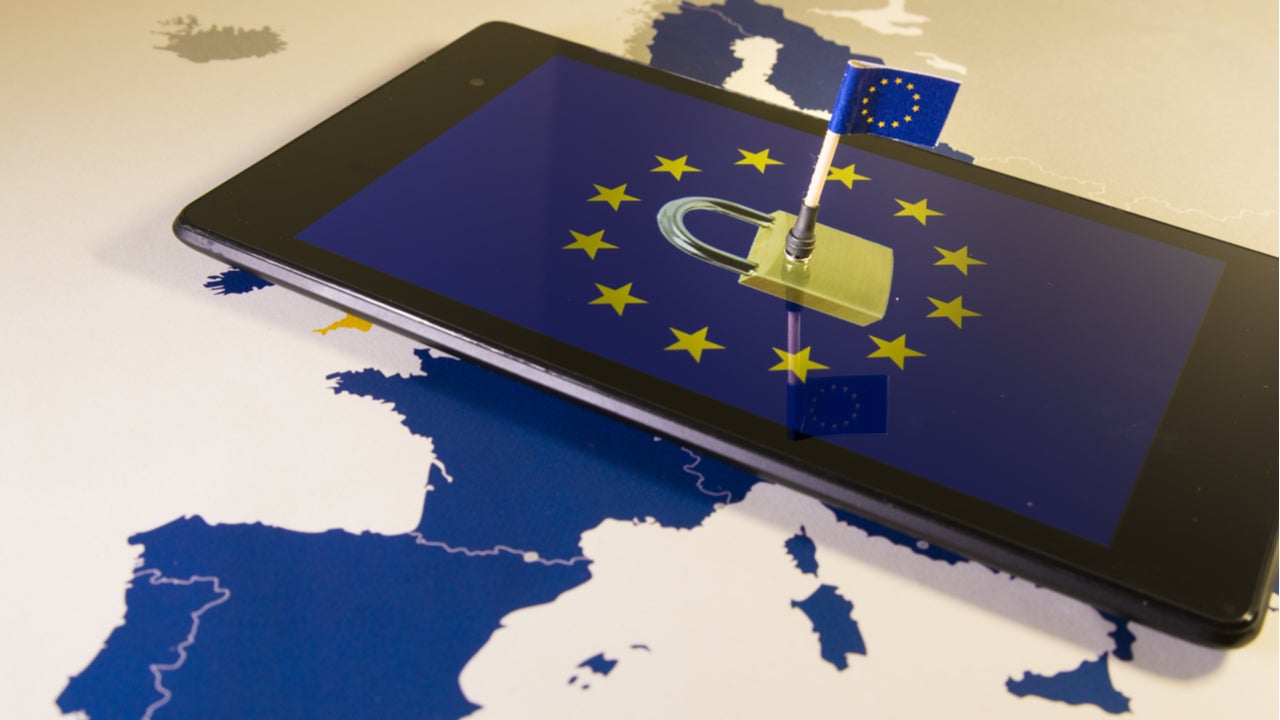
The European Commission (EC) proposed a framework for a European Digital Identity on Thursday, 3 June. EU citizens will be able to prove their identity and share documents using a European Digital Identity wallet. The wallet will allow citizens to store their passwords, bank accounts, and official documents like their drivers’ licence in one place, simplifying cross-border bureaucracy.
The success of the EU-wide digital wallet will depend on uniform deployment across member states and cross-border interoperability between apps. Technical standards are yet to be established, but these will need to be comprehensive to ensure a standardized user experience across all member states. The digital wallet must also be accessible to all EU residents.
Interoperability is essential for Digital Identity wallet success
The EC has invited member states to “establish a common toolbox by September 2022,” which will include “the technical architecture, standards, and guidelines for best practice.” Defining the technical architecture will be the foundation of success; if digital identities are not interoperable across borders, this undermines the EU’s Digital Single Market.
Previous initiatives in this arena have not been uniform. Uptake of the current eID for cross-border identification has been low, with only 19 countries introducing digital IDs, some of which are not compatible with others. Citizen take-up was also disappointing.
According to the EC, in countries where an eID already exists, the new system will “build on national systems.” Success will depend on member state participation throughout the EU bloc. If the EU digital wallet is not commonplace and standardized between member states, consumers will continue to use private-sector alternatives.
Plans must be inclusive
The Commission has proposed “a trusted and secure Digital Identity for all Europeans,” meaning it must work for 450 million EU residents. However, using the digital wallet will not be compulsory, so officials will need to ensure the wallet is accessible to all members of society, providing training for those that need it. A digital wallet that ignores sections of the population is not a successful scheme.
How well do you really know your competitors?
Access the most comprehensive Company Profiles on the market, powered by GlobalData. Save hours of research. Gain competitive edge.

Thank you!
Your download email will arrive shortly
Not ready to buy yet? Download a free sample
We are confident about the unique quality of our Company Profiles. However, we want you to make the most beneficial decision for your business, so we offer a free sample that you can download by submitting the below form
By GlobalDataThe EU digital wallet is similar to its commercial counterparts, like Apple Wallet, meaning consumers should be more familiar with it. This could lead to higher uptake than the previous eID, but there is no guarantee. According to a Eurobarometer survey, 63% of EU citizens want a secure single digital ID for online services. This is well below the Commission’s target of 80%.
According to GlobalData’s Covid-19 Consumer Survey of 21,000 people, 89% of European consumers spent more time online in general during the pandemic. Consumers across all age groups are becoming more tech-literate due to Covid-19, so widespread adoption of the EU digital wallet might be possible. If there is to be any chance at all, digital accessibility must be a major factor in both development and rollout.
Privacy is a selling point
The EU’s digital wallet could offer a unique and secure public sector alternative to tools like Apple Wallet and Google Pay, which store virtual documents. It could protect personally identifiable Information (PII) when accessing private or public digital services.
Big Tech would have to accept the European Digital Identity wallet, allowing users to authenticate their identity while keeping their data separate from private companies using it for marketing purposes. This could be a selling point for the privacy-centric consumer, driving take-up.
The EU digital wallet could solidify the next step towards the EU Digital Single Market, as long as technical usability across borders is established, with uniform member state deployment and accessibility for all citizens.




